
Filter News
Area of Research
- (-) Materials (60)
- (-) Neutron Science (32)
- Advanced Manufacturing (6)
- Biological Systems (1)
- Biology and Environment (9)
- Clean Energy (48)
- Climate and Environmental Systems (1)
- Computational Biology (1)
- Computer Science (2)
- Energy Frontier Research Centers (1)
- Fuel Cycle Science and Technology (1)
- Fusion and Fission (1)
- Fusion Energy (2)
- Isotopes (1)
- Materials for Computing (3)
- National Security (5)
- Nuclear Science and Technology (12)
- Nuclear Systems Modeling, Simulation and Validation (1)
- Quantum information Science (1)
- Sensors and Controls (1)
- Supercomputing (38)
News Topics
- 3-D Printing/Advanced Manufacturing (5)
- Artificial Intelligence (1)
- Bioenergy (6)
- Biomedical (4)
- Chemical Sciences (2)
- Climate Change (1)
- Composites (2)
- Computer Science (7)
- Coronavirus (3)
- Critical Materials (2)
- Cybersecurity (1)
- Energy Storage (5)
- Environment (5)
- Isotopes (4)
- Machine Learning (1)
- Materials (1)
- Materials Science (22)
- Microscopy (4)
- Molten Salt (1)
- Nanotechnology (13)
- National Security (1)
- Neutron Science (22)
- Physics (7)
- Polymers (2)
- Quantum Science (6)
- Summit (4)
- Sustainable Energy (6)
- Transportation (3)
Media Contacts
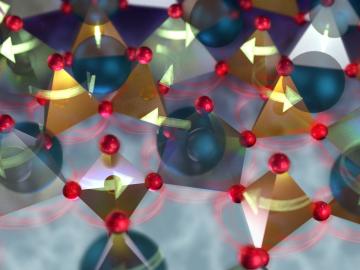
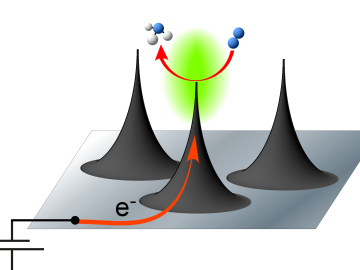
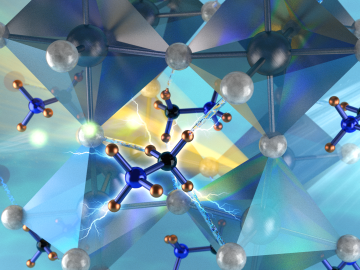
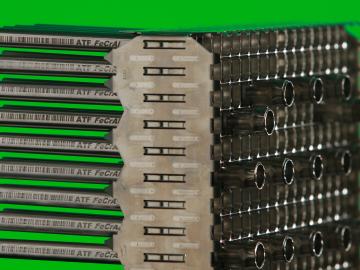

A scientific team led by the Department of Energy’s Oak Ridge National Laboratory has found a new way to take the local temperature of a material from an area about a billionth of a meter wide, or approximately 100,000 times thinner than a human hair. This discove...
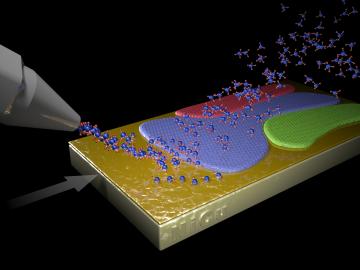
A new method to produce large, monolayer single-crystal-like graphene films more than a foot long relies on harnessing a “survival of the fittest” competition among crystals. The novel technique, developed by a team led by Oak Ridge National Laboratory, may open new opportunities for growing the high-quality two-dimensional materials necessary for long-awaited practical applications.
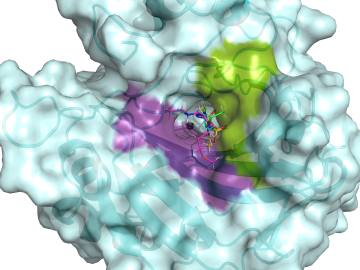
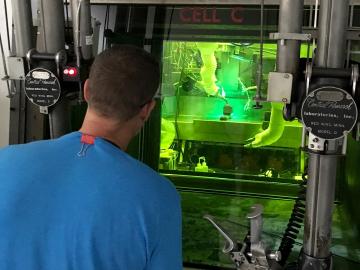
Scientists of the Department of Energy’s Light Water Reactor Sustainability Program (LWRS) and partners from the Electric Power Research Institute (EPRI) have conducted the first weld tests to repair highly irradiated materials at DOE’s Oak Ridge National Laboratory.


